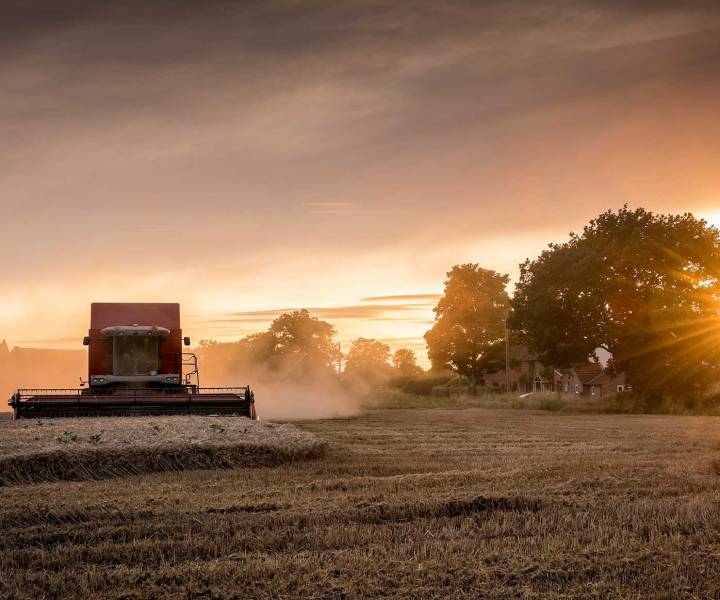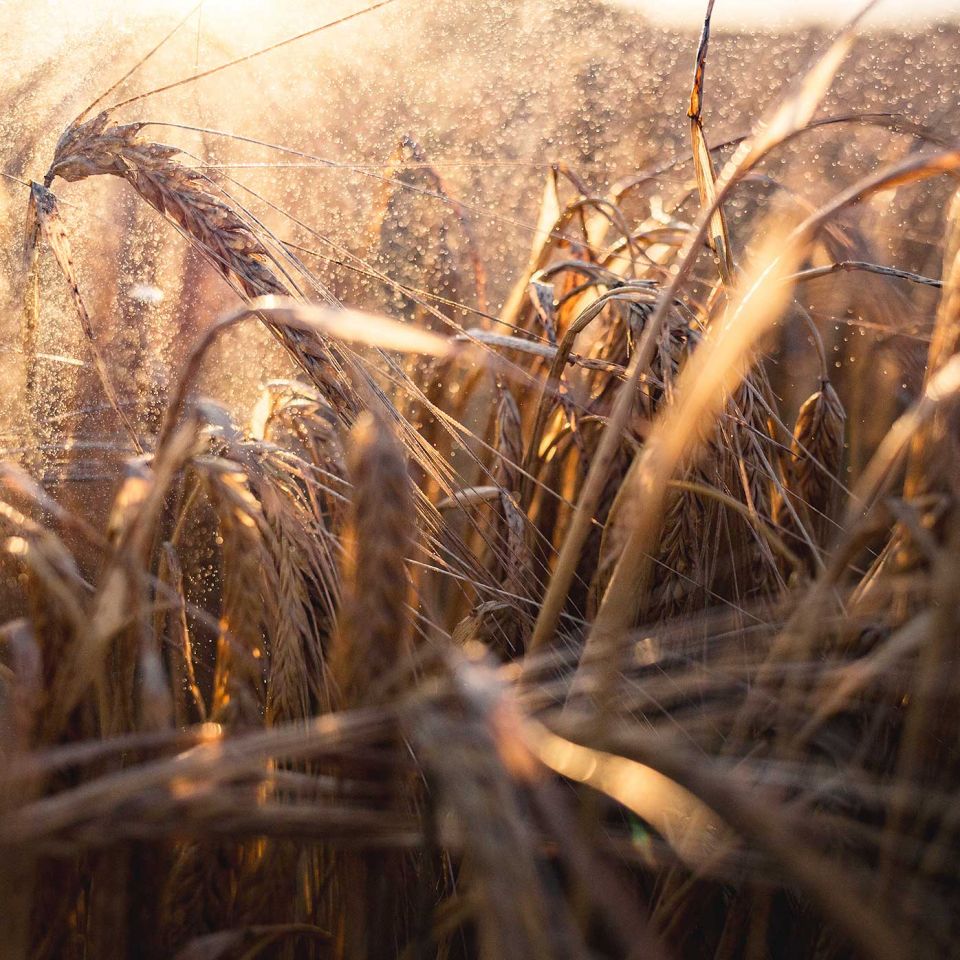Food
Harvest gleanings: 10 fascinating facts about British harvest time
by Sharon Parsons

Our guide to British harvest season –the history, traditions and delicious fare
1
‘Harvest’ is derived from the Old English word hoerfest, meaning autumn, the time when food was gathered in from the land.
2
Church bells would ring out every day during harvest to tell the reapers when work in the fields was to begin or end. Young boys would bring out food -bread, cheese, ale -at midday and breaktimes: in Suffolk, these were called ‘elevenses’ and ‘fourses’.
3
Once the crop had been cut, the sheaves would be gathered into stooks -or stacks -so the air could flow through to dry them. The shape varied across the country: in Kent, for instance, a sheaf would be laid across the top to keep the rain off, and called a ‘hooded stack’.
4
The farmers and workers prayed for good weather at harvest time. In 1863, the days were so fine throughout August, it was recorded as ‘a golden year in a golden age’. Conversely, the driving rain and resulting mud-caked land of 1879 meant crops were not cut until November -a disaster.
5
Having enough workforce for the harvest was crucial. People sometimes came from towns and cities to help, though by the mid-19th century, the industrial age saw this practice decline. (The Kentish hop harvest was the last: droves of urban dwellers would take annual hop-picking holidays, a tradition that only died out in the 1950s.)

6
After the harvest had been gathered in, women went back out into the fields for the gleaning -collecting up all the final bits of the crop so that nothing was left. Geese would also be sent out to gorge on the leftover corn.
7
The Michaelmas goose - or green goose - was traditionally eaten on 29 September for prosperity. This was sometimes known as Goose Day, and goose fairs would be held around the country (the Nottingham Goose Fairstill takes place each year).
8
Until the church got involved, the harvest home, or supper, was a rural event, and the feast would include anything that had been grown on the land, or picked in the orchards and hedgerows. If meat was included - be it a bird or an animal - every last bit would be eaten, and the bones used for stock.
9
The Pilgrims took the harvest commemoration from the Old World to the New. In 1621, they celebrated their first successful corn crop, firing guns and cannons in Plymouth in Massachusetts. Thanksgiving is still the most important recognised date in the US calendar.
10
In the 60s and 70s, the direct connection to our land’s bounty began to be lost as convenience and imported food grew in popularity - who doesn’t remember taking tins or packet provisions to school for harvest festival? Today, however, with a growing emphasis on the importance of fresh, local and seasonal food, the value of the harvest is once again being recognised.












